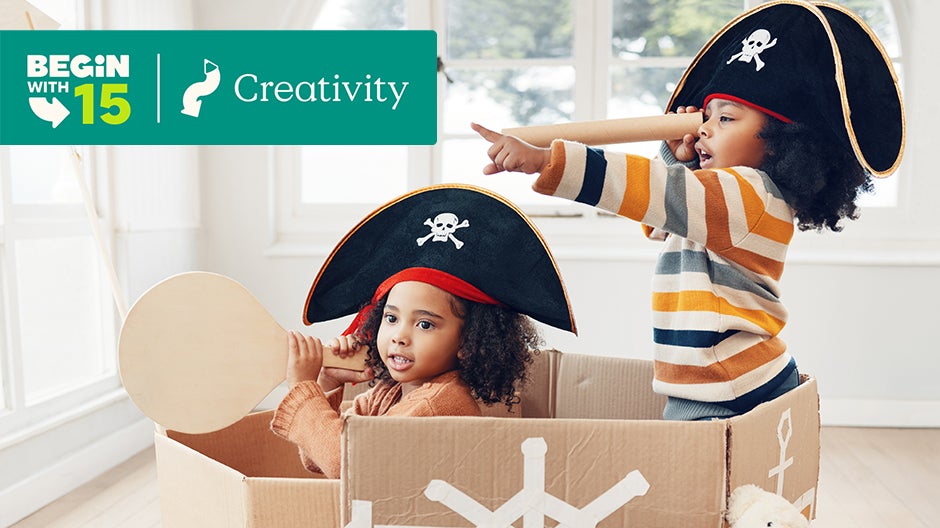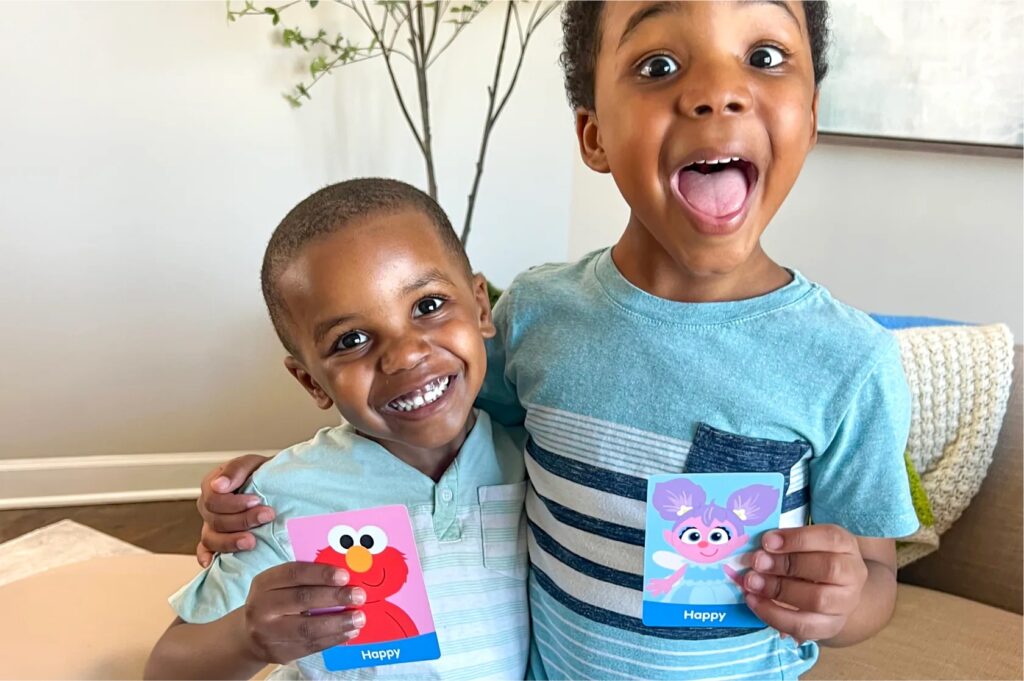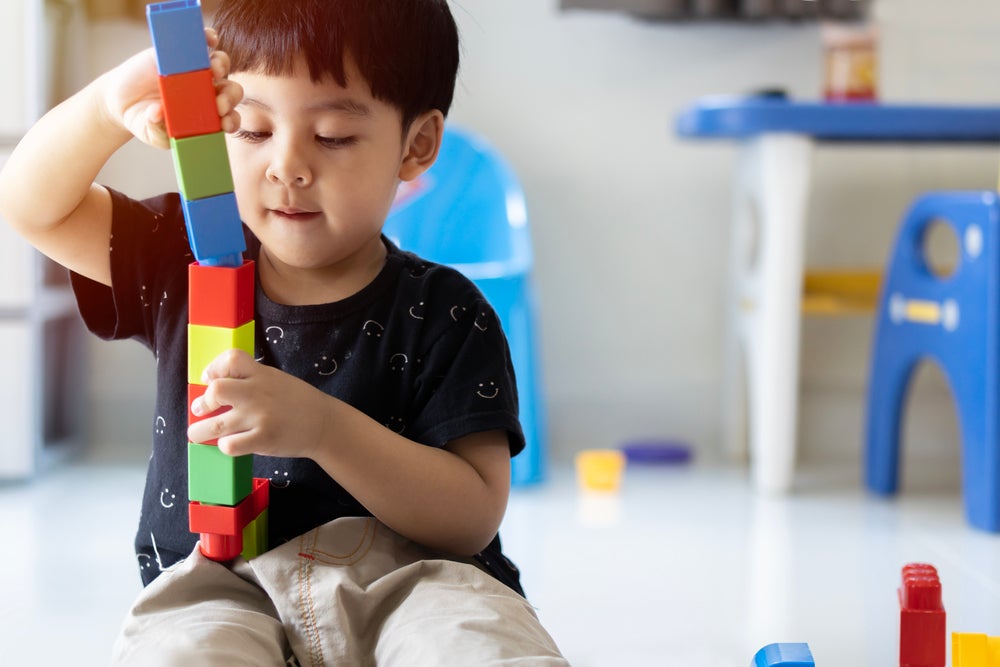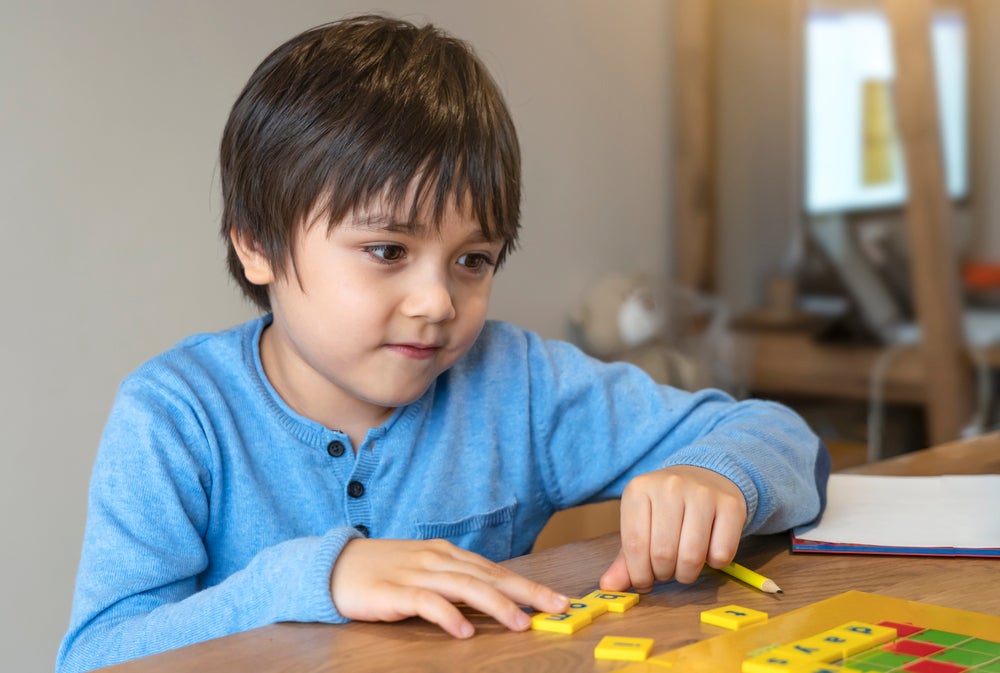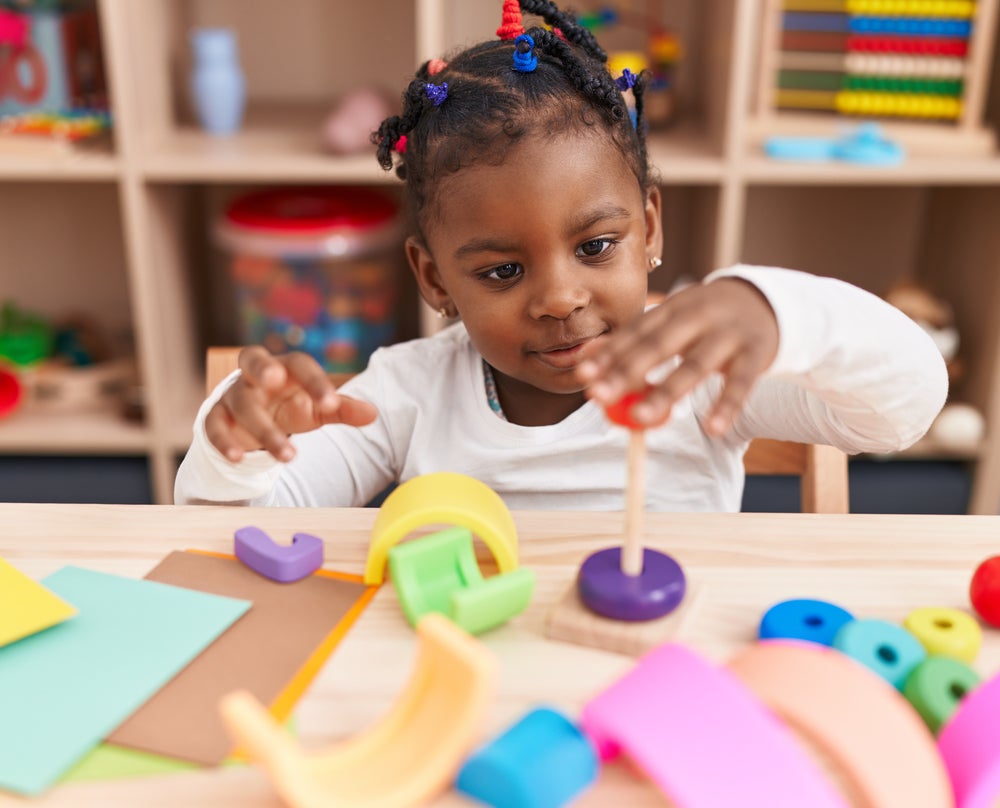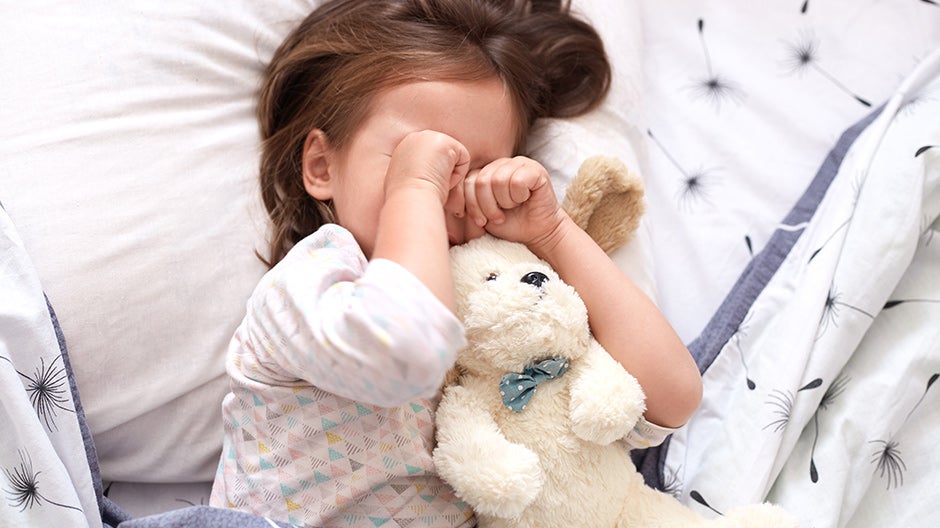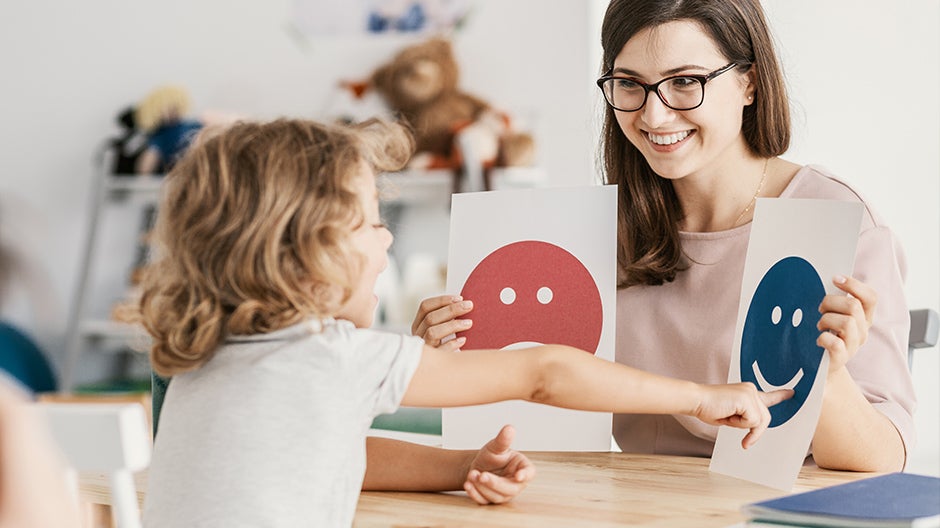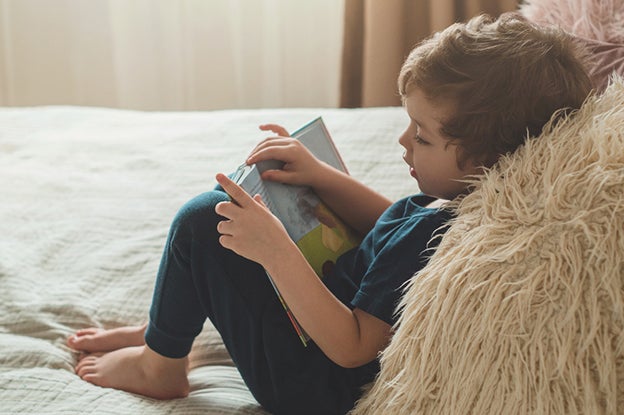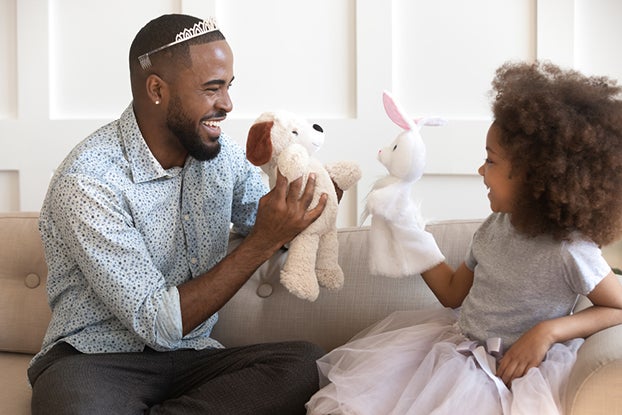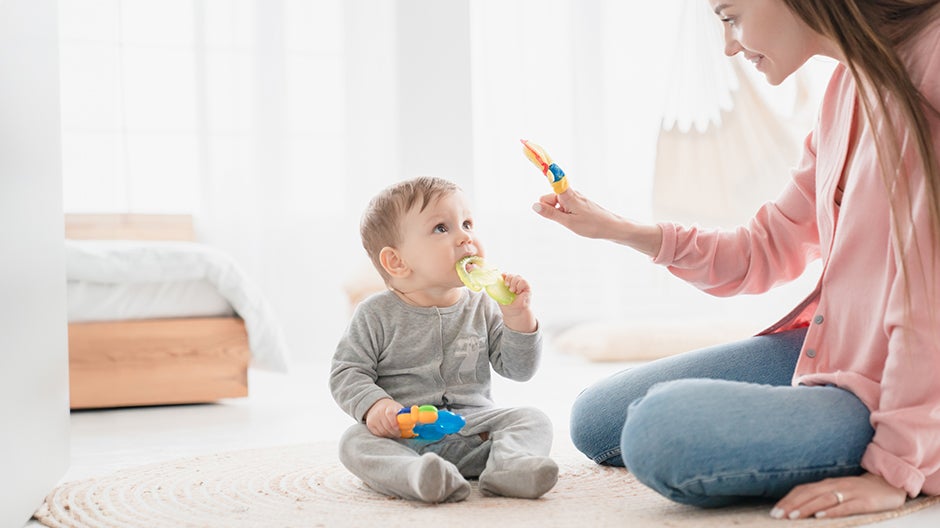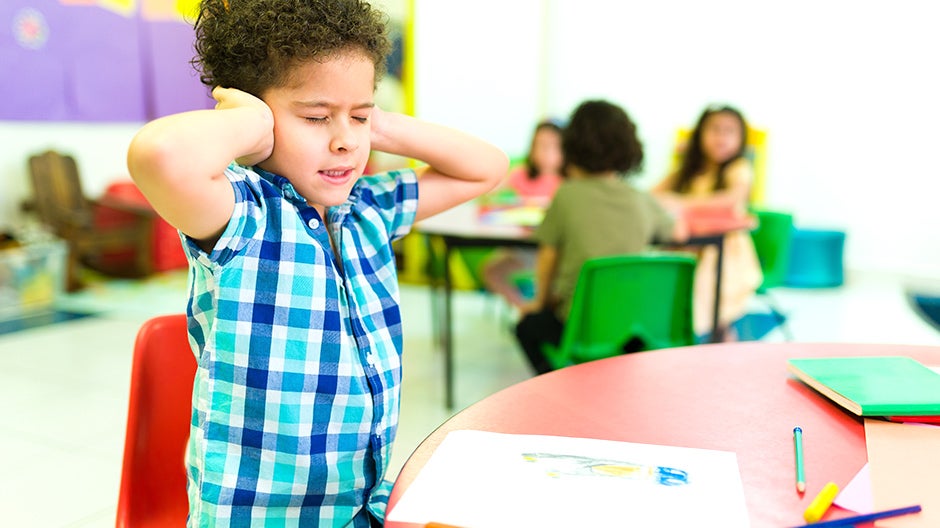Some people see creative play as a diversionary activity that children do to pass the time. However, creative play is crucial for child development because it helps kids learn essential skills like problem-solving, self-expression, and communication.
Creativity is one of the 5 C’s at the heart of the Begin Approach to helping kids thrive in school and life. It helps kids express themselves through different mediums, think outside the box for solutions, and invent new ideas.
In this article, we’ll look at what creative play is, explore some of its benefits in more detail, and dive into our expert tips on how you can encourage your child to engage in this type of play.
Let’s go!
The Short Cut
- Creativity and out-of-the-box thinking will boost your child’s current and future success (and help them have fun!)
- Creative play has far-reaching benefits, from big imaginations to robust problem-solving skills
- Encourage your children to get creative through structured play, boredom, outside play, and art so that their imagination blooms in different ways
- Developing the 5 C’s doesn’t need to be complicated. You can make a big difference in only 15 minutes a day!
What Is Creative Play?
Creative play, also known as imaginative play, is any type of play that allows kids to use their imaginations and express themselves freely.
There are many different types of imaginative play, but some common examples include:
- Pretend play: This is when kids use props and toys to act out scenarios or tell stories. For example, a child might pretend to be a doctor, a firefighter, or a parent.
- Art: Art is an excellent way for kids to express themselves creatively. For example, they can draw, sculpt, paint, or make a collage.
- Music: Making music helps foster creativity. Kids can use instruments, voices, or everyday objects to create sound.
- Dance: Movement allows kids to express themselves. It can include actual dancing or just free movement through running, jumping, or twirling.
All types of creative play are important because they allow kids to explore the world around them, try new things, and use their imaginations. When kids engage in imaginative play, they also develop essential skills they will use throughout their lives.
The Importance of Creative Play
We hinted at it above, but creative play is vital for child development. Let’s take a look at some of the skills it can help improve.
Problem-Solving
When kids are engaged in creative play, they face new challenges. For example, they might have to figure out how to build a tall tower out of blocks or make a character come to life through pretend play.
Through trial and error, they learn how to problem solve and think critically.
Communication
Creative play also helps children develop communication skills. For example, if they are engaging in pretend play with others, they must communicate with their playmates to make the story work. This involves taking turns, listening, and speaking.
Critical Thinking
This type of play also provides plenty of opportunities to make decisions and choose between options. For example, your child might have to decide what story to tell or what character to pretend to be.
Having to make these types of decisions helps them learn to think critically about the world around them and examine their choices.
Because critical thinking requires us to absorb information and make judgments about that information, it takes imagination and curiosity. As kids take in new information—like when they’re playing—they must consider how this information fits (or doesn’t fit) in with what they already know.
Age-Appropriate Play for Kids
Now that we’ve looked at some of the benefits, it’s important to note that creative play is vital for kids of all ages. But the type of play appropriate for your child will depend on their age and stage of development.
Here are some types of creative play you might notice kids engaging in at different ages.
Babies (0-12 months)
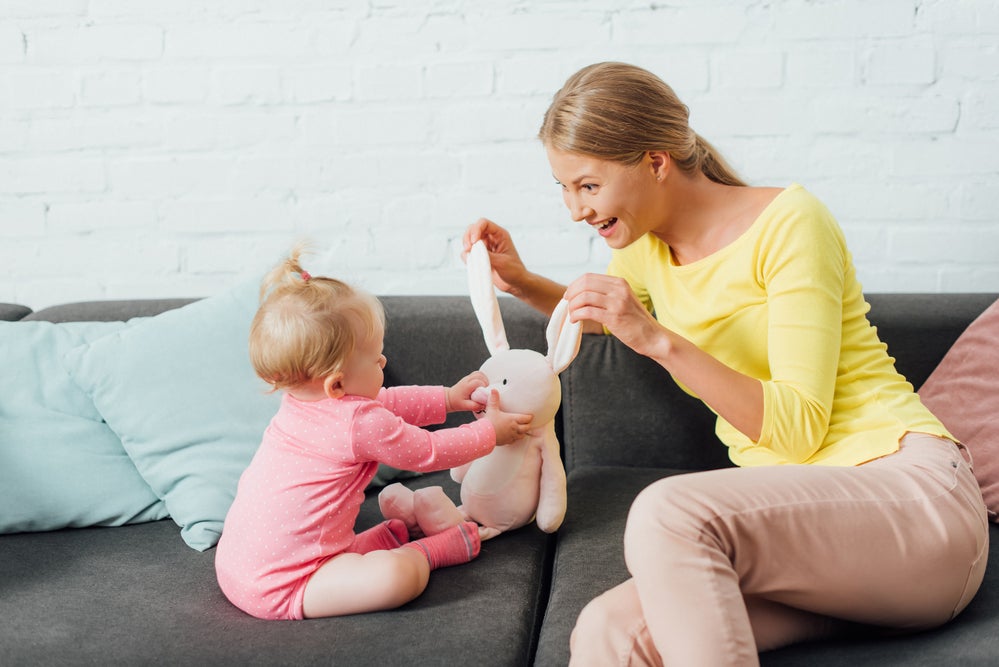
Babies are just beginning to explore the world around them at this age. They might start to engage in something called “enactive naming,” which is the beginning of pretend play.
During this phase, your baby isn’t actively playing, but they’re showing their knowledge by mimicking actions they’ve seen, like holding a cup or spoon to their mouth. This is also a time when they love to experience new textures and sounds.
Toddlers (1-3 years)
Toddlers are full of energy and love to move. They might dance and enjoy active games, or they might start to “pretend play” with simple props. Toddlers also love to explore art through creative activities, like finger painting and playdough.
Preschoolers (3-5 years)
Preschoolers are beginning to understand the world around them more. At this age, they might engage in more complex dramatic play, like pretending to be a doctor or a chef. They also love to express themselves through art and music.
School-Age Kids (6-12 years)
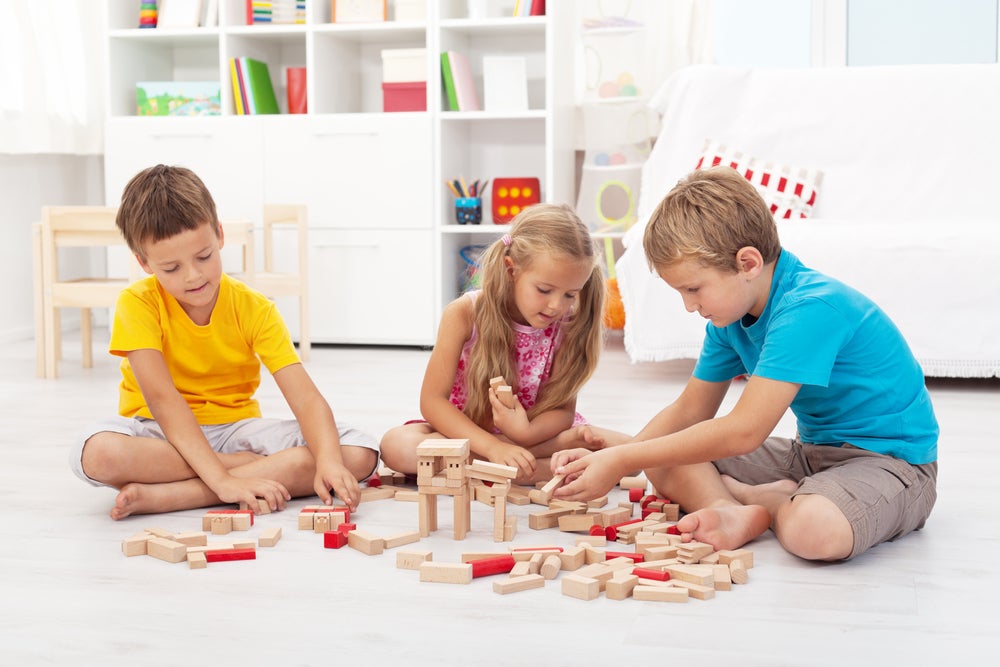
School-age kids are beginning to think more abstractly. As a result, they might try more complex pretend play, like creating entire worlds with their friends. At this age, they might also start to express themselves through writing stories or making films.
How to Encourage Creative Play
Now that you know what this type of play looks like and why it’s so important, you might wonder how you can encourage your child to engage in creative play. Here are some of our expert tips.
1. Provide Ample Free Time
If your child’s entire day is full of structured, adult-led activities, they won’t have much time for independent creative play. Instead, make sure they have plenty of free time to explore and play on their own.
2. Let Your Child Be Bored
Boredom can be a good thing! When your child is bored, they are more likely to get creative.
You don’t need to entertain your child every minute of the day. Let them get bored sometimes and see what activities they come up with.
3. Focus on Open-Ended Toys
Open-ended toys are the best for encouraging creativity. Provide your child with toys, such as blocks, puppets, and art supplies. Try to avoid toys that only have one purpose or outcome.
In addition to encouraging creativity, open-ended toys have another benefit: Your child won’t outgrow them as quickly, so they’ll get a lot of use!
4. Foster Different Play Experiences
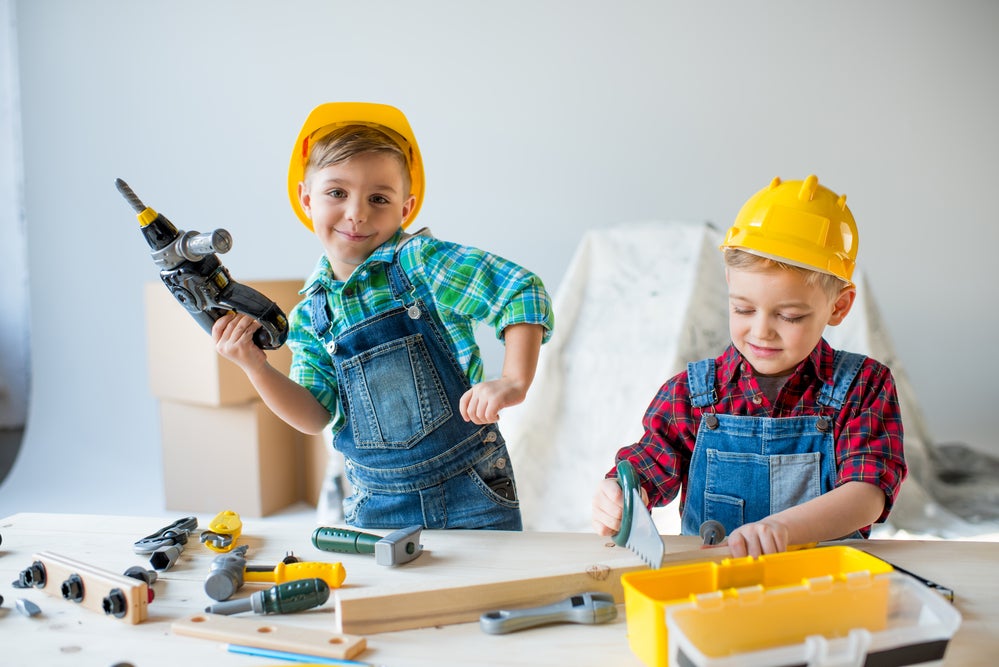
Creative play can happen when your child is playing alone. But it can also happen when they’re playing with you or their friends.
These different experiences help your child build unique skills, so be sure to provide opportunities for both solo and cooperative play. Playdates are great ways for your child to develop this skill set. Just try not to fill their schedule too much!
5. Enjoy Time Outside
There’s nothing like time spent in nature to encourage creative pursuits. Kids can explore, imagine, and run to their heart’s content when they are outside. They can also use natural items to create art or try to build a fort out of sticks and leaves.
Let your child play in different environments, like the sand at the beach or the mud in the backyard. This is great for their creative development, and it’s a fantastic way to get them moving and burn off some energy!
6. Support Exploration and New Ideas
Encouraging your child’s creativity is one of the best things you can do for their development. It helps them to think outside the box, problem-solve, and express themselves in unique ways.
But, if you’re trying to control their play or tell them what to do, you’re stifling their creativity. Instead, try to support their unique ideas and exploration.
For example, if they want to use the camera from our HOMER Explore Letters Kit to pretend they’re a wildlife photographer, let them! If they want to move the pieces on a Monopoly board randomly, that’s OK, too! Let them lead the way.
7. Embrace the Mess
It’s important to embrace the mess during creative play. Don’t interrupt your child to make them stop and clean up. Just let them have fun and explore.
Of course, to avoid complete chaos, it’s a good idea to set up some ground rules before they start playing. For example, you might want to designate a specific area for their art project or put down a sheet to protect your furniture.
You’ll also want to keep your child’s safety, age, and development in mind. For example, turning a toddler loose with a bottle of glitter might not be the best idea (but you already know that)!
8. Model Creative Play

If you want your child to be creative, one of the best things you can do is be an innovative role model. Show them it’s OK to experiment, try new things, and make mistakes.
Engage in activities alongside them. Get out the paints and make a picture together. Build a fort with blankets and pillows. Or get down on the floor at their level and create a city out of blocks.
You can also host a “tea party” with your child and their dolls, open a vet clinic for their stuffed animals, or dress up with them. Remember to take it easy; dressing up doesn’t have to be elaborate. A bandana made from a large cloth napkin is just as much fun as a store-bought costume!
9. Provide Accessible Art Supplies
When inspiration strikes, your child should be able to easily access the supplies they need to bring their ideas to life. This means having a well-stocked art area.
Of course, you don’t need to go all out, but it’s a good idea to have a selection of basics, like crayons, markers, pencils, paints, paper, glue, and scissors. You can include fun extras like stickers, glitter, and feathers if you want, too.
The type of supplies you choose should depend on your child’s age and ability. For instance, toddlers don’t need unfettered access to scissors and glue. But having some paper and crayons within reach can help encourage creativity.
Creative Play with Begin!
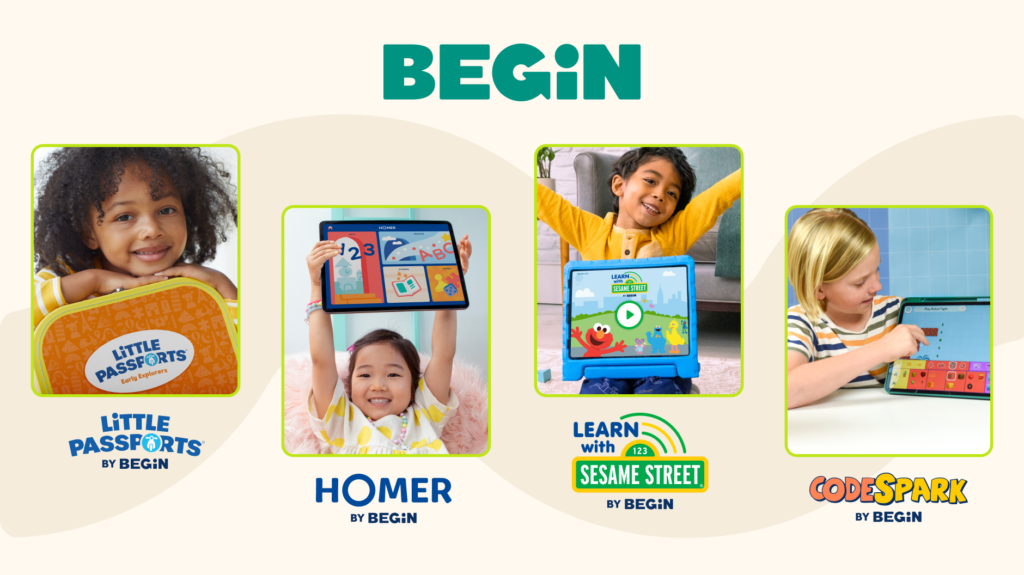
Creative play helps your child learn to think outside the box. It allows them to take their ideas and dreams and turn them into reality. And it’s an excellent way for kids to express themselves, explore their interests, and get active.
At Begin, we can help.
Our age- and stage-matched learning membership offers kids the right creative play opportunities at the right time to build the skills that really matter. They might be making digital art in our award-winning HOMER app, playing with animal friends in a hands-on Little Passports kit, or even building their own video games in codeSpark!
Take our online quiz and see how we can help your family today!
